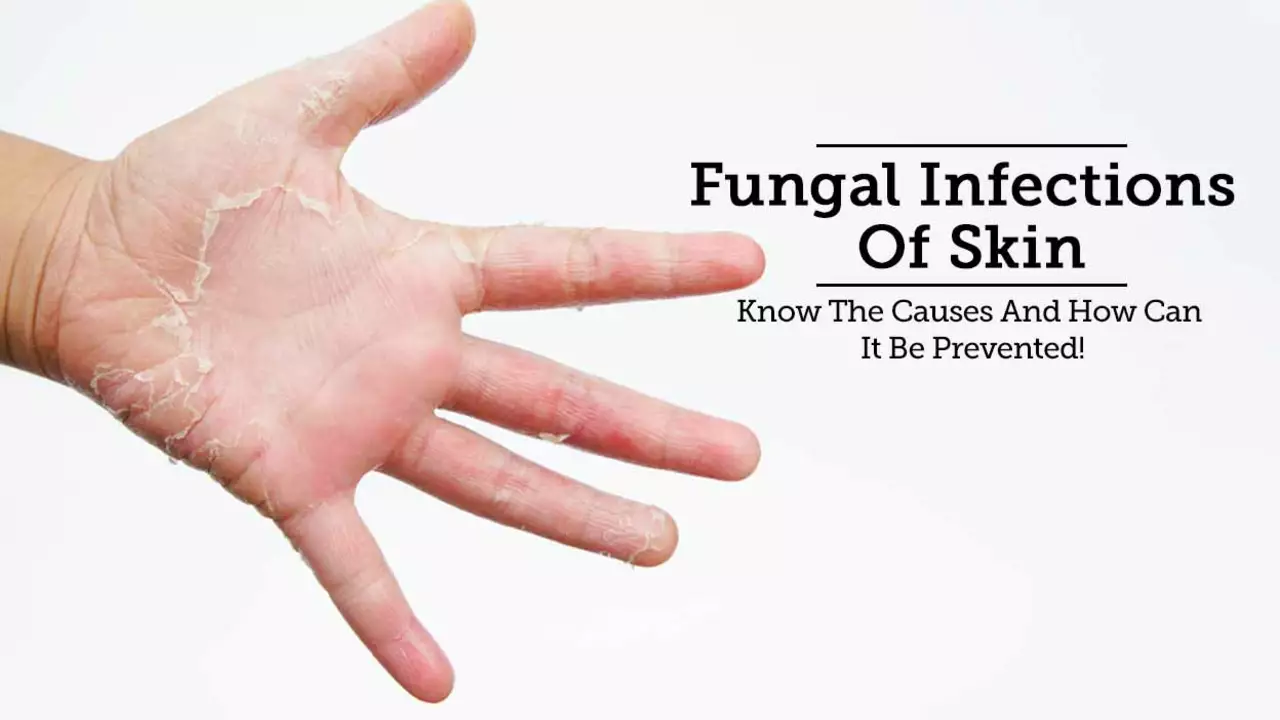Understanding Fungal Skin Discoloration and How to Treat It
Noticing patches of your skin changing color? It could be a fungal skin discoloration, which happens when fungi mess with your skin's natural pigment. This isn't just about looks—some types can cause itching, discomfort, or spread if not addressed properly.
Fungal skin discoloration often shows up as lighter or darker spots that might be scaly or flaky. People commonly see these changes on their chest, back, neck, or sometimes feet. One well-known cause is a group of fungi called dermatophytes, which love warm, moist areas on the body. Another common culprit is a type of yeast called Malassezia, which can change skin color by producing pigments or triggering inflammation.
Signs and Symptoms to Watch For
You might spot round or irregular patches that look lighter or darker than your usual skin tone. Some spots might have a slight redness or border, while others blend in softly. These patches can be dry, flaky, or mildly itchy. If the condition lasts for weeks or spreads, it’s a good idea to see a healthcare provider for an accurate diagnosis.
Fungal discoloration can sometimes be confused with other skin issues like eczema or vitiligo, so professional evaluation matters. Also, if you’re diabetic or have a weakened immune system, fungal infections might show up more often or be harder to treat.
Simple Tips for Treatment and Prevention
Most fungal skin discolorations can be managed with topical antifungal creams, lotions, or shampoos available over the counter. It’s important to apply these treatments exactly as directed and continue for the recommended duration—even if the skin looks better early on, stopping too soon can let the fungus bounce back.
Keeping your skin clean and dry is key. Wearing breathable clothing and changing sweaty clothes quickly helps reduce the moisture fungi love. Avoid sharing towels or skin-care items to prevent spreading the infection. If you’re unsure which treatment to use or if the patch isn’t improving, speak with a dermatologist who can prescribe stronger medication if needed.
Making these small changes can make a big difference in managing fungal skin discoloration. Staying consistent with treatment and skin care helps your skin get back to its natural look and feel healthier.
- Stéphane Moungabio
- 6
The environmental factors that contribute to fungal skin discoloration
In my exploration of the environmental factors contributing to fungal skin discoloration, I discovered that humidity and warmth are key contributors. These conditions foster the growth of fungi, increasing the chances of skin infections which often lead to discoloration. Poor personal hygiene and prolonged exposure to contaminated water or soil can also increase the risk. Additionally, wearing tight, non-breathable clothes can create a damp environment ideal for fungal growth. It's clear that our environment plays a significant role in our skin health, particularly in relation to fungal infections.
Read more
